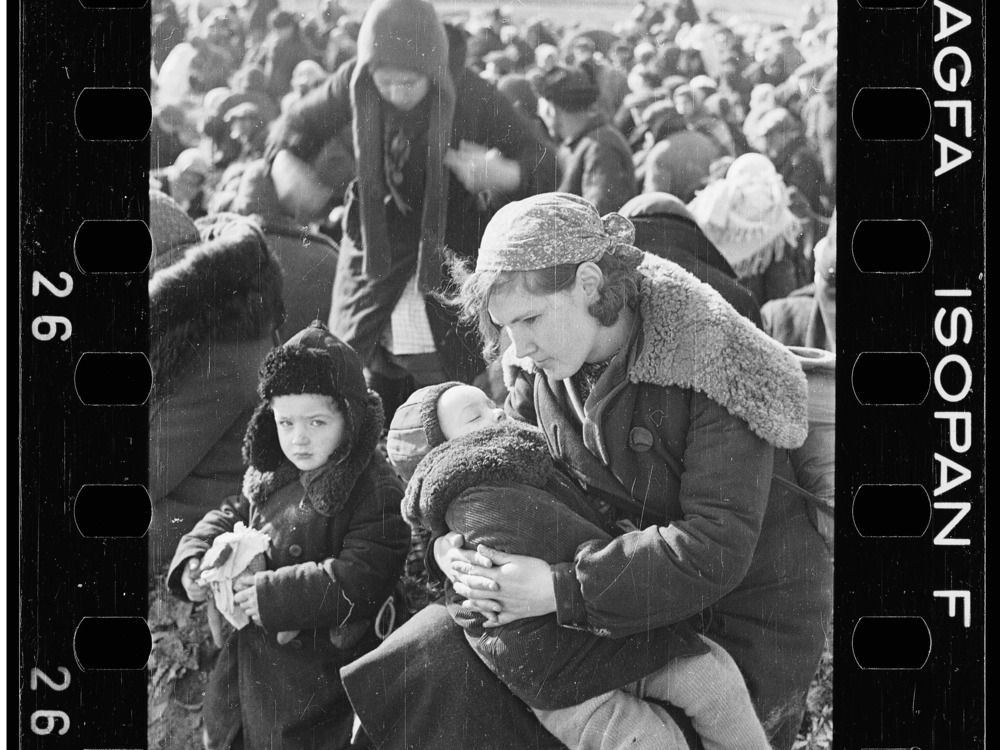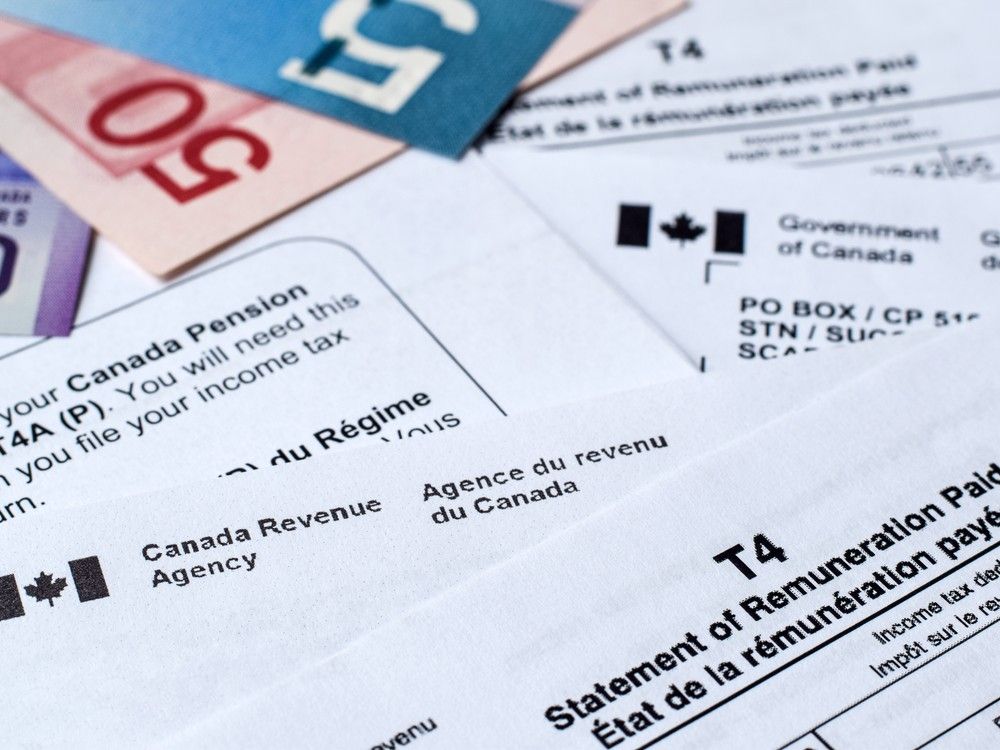When it comes to leftover turkey safety, it all starts with the carving
Get the latest from Laura Brehaut straight to your inbox
Published Dec 26, 2024 • Last updated 6 days ago • 3 minute read

So, you’ve successfully roasted a turkey, and Christmas dinner is done and dusted. For many people, the best part comes next: The leftovers. But how do you store and enjoy them safely? It all starts with the carving.
Putting a partially carved turkey directly in the fridge is a common mistake, says Lawrence Goodridge, a professor at the University of Guelph’s Department of Food Science and director of the Canadian Research Institute for Food Safety.
Advertisement 2
THIS CONTENT IS RESERVED FOR SUBSCRIBERS
Enjoy the latest local, national and international news.
- Exclusive articles by Conrad Black, Barbara Kay and others. Plus, special edition NP Platformed and First Reading newsletters and virtual events.
- Unlimited online access to National Post and 15 news sites with one account.
- National Post ePaper, an electronic replica of the print edition to view on any device, share and comment on.
- Daily puzzles including the New York Times Crossword.
- Support local journalism.
SUBSCRIBE FOR MORE ARTICLES
Enjoy the latest local, national and international news.
- Exclusive articles by Conrad Black, Barbara Kay and others. Plus, special edition NP Platformed and First Reading newsletters and virtual events.
- Unlimited online access to National Post and 15 news sites with one account.
- National Post ePaper, an electronic replica of the print edition to view on any device, share and comment on.
- Daily puzzles including the New York Times Crossword.
- Support local journalism.
REGISTER / SIGN IN TO UNLOCK MORE ARTICLES
Create an account or sign in to continue with your reading experience.
- Access articles from across Canada with one account.
- Share your thoughts and join the conversation in the comments.
- Enjoy additional articles per month.
- Get email updates from your favourite authors.
THIS ARTICLE IS FREE TO READ REGISTER TO UNLOCK.
Create an account or sign in to continue with your reading experience.
- Access articles from across Canada with one account
- Share your thoughts and join the conversation in the comments
- Enjoy additional articles per month
- Get email updates from your favourite authors
Article content
A large piece of meat takes longer to cool down. If you refrigerate it hot, it’ll sit in the bacteria-flourishing danger zone (between 4 degrees Celsius and 60 C or 40 degrees Fahrenheit to 140 F). Slicing or chopping it is safer and more versatile when it comes to creating new meals later.
“(Shoving the whole thing into the fridge) means the meat will spend a longer time in the danger zone because it’s going from hot through the danger zone to cold, and that can allow bacteria to grow. Carve up the whole turkey, portion it into smaller portions, and put it in the fridge or the freezer.”
The same goes for other foods, such as soups and stews, which can cause foodborne illness if not stored properly. For example, don’t move turkey soup directly from the stovetop to the fridge. Ladle it into smaller containers to allow it to cool faster.
“It’s going to take hours for that hot pot to cool down. So that means it’s sitting in the danger zone for hours, which is basically the same as leaving it on the countertop. So bacteria will grow, and then it finally cools down, but the bacteria or toxins they produce are there.”
By signing up you consent to receive the above newsletter from Postmedia Network Inc.
Article content
Advertisement 3
Article content
How long can you keep leftover turkey on the counter and in the fridge?
Once guests have finished feasting, don’t leave food out for longer than two hours. After two hours, put leftovers in the fridge.
Goodridge recommends storing cooked turkey in an airtight container in the refrigerator (at or below 4 C/40 F) for three to four days. The same goes for other leftovers from turkey dinner, such as stuffing and gravy.
How long does turkey last in the freezer?
Wrapped tightly in freezer-safe packaging, cooked turkey is at its best when stored for up to six months in the freezer, adds Goodridge. “Beyond this period, it remains safe but may experience texture and taste degradation.”
You should have a food thermometer if you cook meat. Using it to ensure you’ve adequately warmed holiday leftovers is just as important as pulling it out to determine the doneness of your roast turkey.
If your leftovers are frozen, defrost them in the microwave or overnight at the bottom of the fridge in the same airtight container you stored them in. Reheat all leftovers, including turkey, stuffing and gravy, to a minimum internal temperature of 74 C (165 F). According to Health Canada, eat or cook your leftovers immediately after thawing and avoid heating the same leftovers twice.
Advertisement 4
Article content
How to prevent food poisoning
“With foodborne outbreaks, it’s never one thing that caused the outbreak. It’s often a breakdown in multiple things. For example, maybe they put the turkey into the fridge, but they didn’t wash their hands, and they touched something. And (the turkey) wasn’t on the bottom shelf — it was on the top — and some juices dripped down onto the leftovers that they subsequently didn’t heat up properly,” says Goodridge.
“It’s all about trying to break that cycle. And oftentimes, if you can even break one of those steps, you go a long way to stopping an outbreak or people getting sick.”
Recommended from Editorial
-

8 turkey tips and leftover ideas from budget-minded, low-waste chefs
-

How to thaw a turkey, plus 4 more steps for holiday food safety
Our website is the place for the latest breaking news, exclusive scoops, longreads and provocative commentary. Please bookmark nationalpost.com and sign up for our cookbook and recipe newsletter, Cook This, here.
Article content
Get the latest from Laura Brehaut straight to your inbox
.png)
 2 weeks ago
21
2 weeks ago
21




































 Bengali (BD) ·
Bengali (BD) ·  English (US) ·
English (US) ·